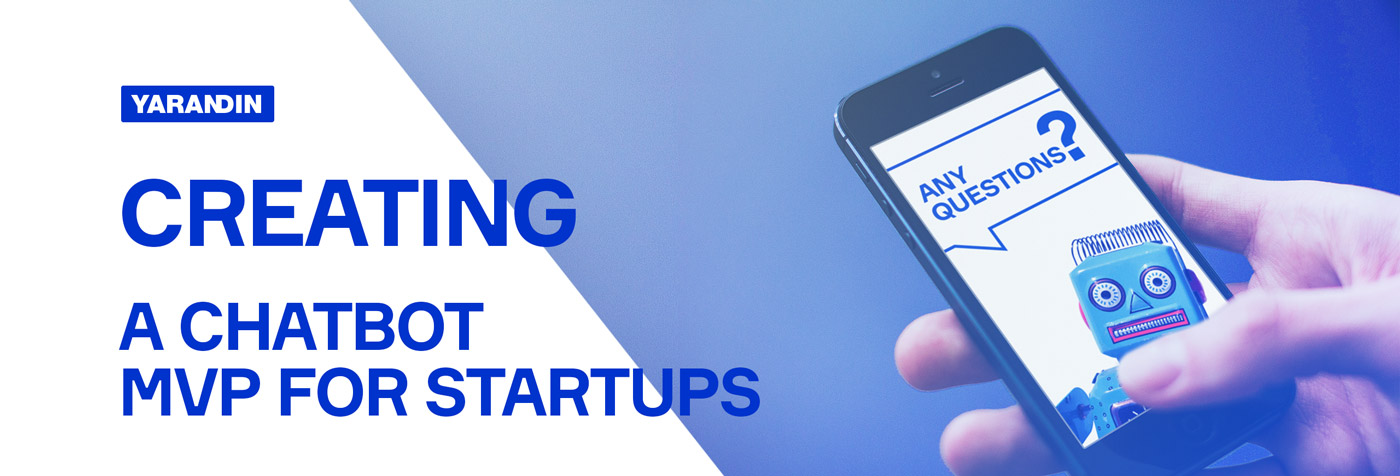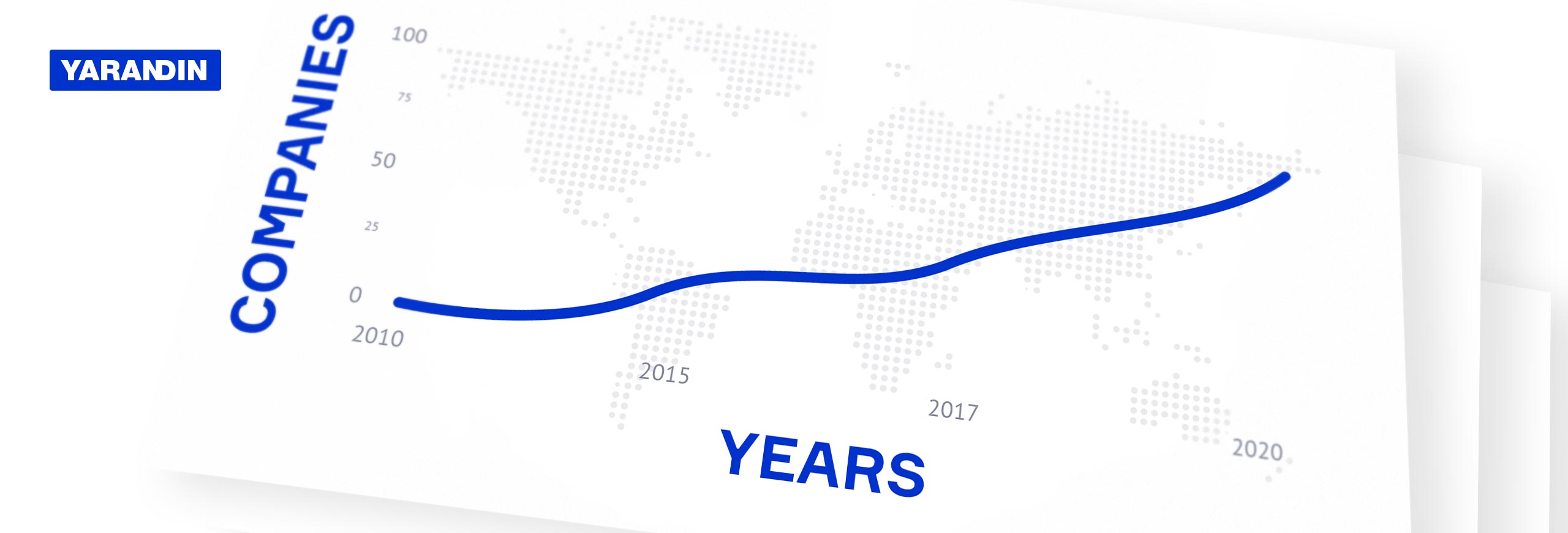In the previous article, we discussed the fast-growing popularity of chatbots, and how in some cases a chatbot can be an excellent and inexpensive MVP for startups. The purpose of this article is to explore this type of MVP in further detail, as well as to discuss some of the challenges entrepreneurs sometimes face when they decide to use this new MVP technology.

The first thing to keep in mind when developing a chatbot MVP for startups is that you are still creating a minimum viable product, albeit in a non-traditional way. Therefore, all the principles applicable to traditional MVPs should still be followed. As with traditional MVPs, we recommend that entrepreneurs answer the following questions before contacting MVP developers:
- What customer problems are you going to solve, and in which way is the proposed solution better than the existing alternatives?
- Who are your customers?
- What functionality will the chatbot MVP have?
As you can see, the questions you need to answer are not very different from those that should be answered when developing traditional MVP applications. The difference is more noticeable in the next step—choosing the platform. Platform selection for a chatbot MVP for startups can be confusing because it can involve not only messengers (e.g., WhatsApp, Telegram, and Facebook Messenger) but also SMS and even e-mail. The rule of thumb is to choose a platform your potential customers prefer. This is not that easy, and it can require quite a lot of research—but only after the platform is selected can one think about moving on to the next step: the development of the chatbot itself.

Developing a chatbot MVP for startups is a project that deserves its own dedicated article. Here, we confine ourselves to mentioning there are pronounced differences between visual and conversational interfaces, and therefore, the process of developing a chatbot MVP for startups is quite different from that of traditional MVP development. The reason is that the complexity of traditional application development lies in the backend, whereas the complexity of conversational interfaces is in the natural language part—that is, the correct interpretation of what your potential clients are saying. In some cases, solving this problem can be difficult.
I want to conclude with a few words about the future. According to a study conducted by Oracle in 2017, 80% of respondents plan to use chatbots to interact with customers by 2020. At the same time, 36% have already implemented chatbots to some extent. This is a confirmation that the technology is gaining popularity, and that in a few years, it could become an integral part of the business processes of most US companies. At the same time, our experience says that to date, the technology of chatbot MVPs has not yet grown to a level where it could be recommended to all or even most entrepreneurs. To date, only about 10–15% of startups can take advantage of chatbot MVP benefits, although this percentage is growing. Being MVP developers, we monitor and understand all the major IT technology trends. If creating a chatbot MVP will benefit your business, we'll let you know. Yarandin, Inc. is here to help make you the right decisions.

